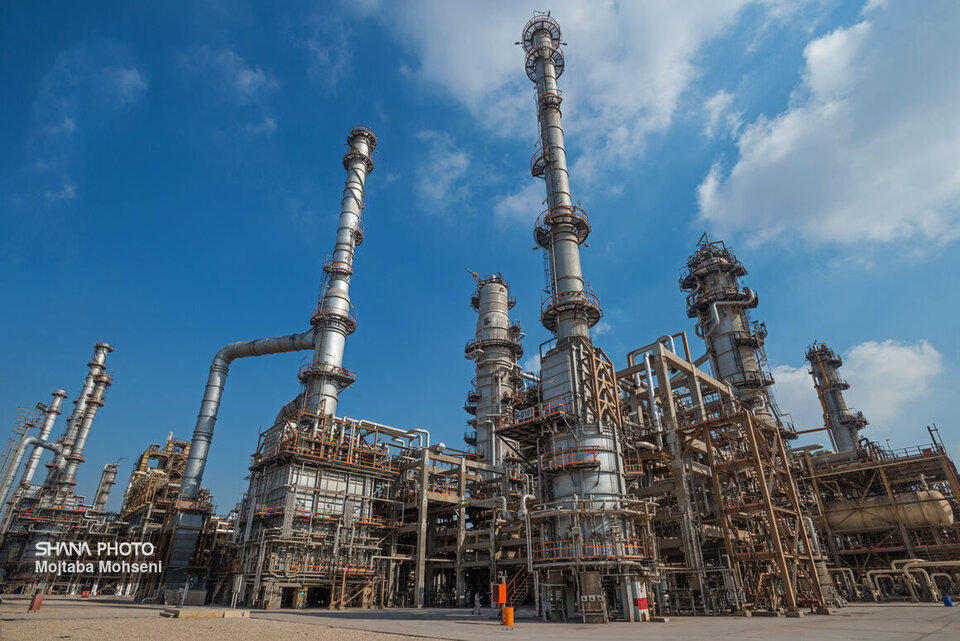Despite financing constraints, NIORDC has prioritized strategic projects to expand, upgrade and modernize refineries, improve fuel quality, enhance transparency and secure national energy supplies.
By the end of the current administration, Iran expects to raise its refining capacity by 550,000 barrels per day. Seven refinery and petro-refinery projects — including Adish South, Mehr Khalij-e Fars, Makran Bakhtar and Pars Behin Qeshm — are moving forward with €3.1 billion in investment.
In addition, seven priority upgrade projects in five refineries are scheduled for completion, with remaining investment needs estimated at €4.2 billion.
The company has also begun installing advanced metering systems in refineries, oil depots and export terminals. Five projects — four in Mahshahr and one in Shazand — worth $10 million have started, with similar work underway at seven other sites.
Completed projects this year include the 455-kilometer Bandar Abbas–Rafsanjan pipeline, the Shiraz refinery isomerization unit, the Abadan refinery hydrocracker, the Sabzevar–Shazand pipeline, and new connections for six power plants to the fuel transmission network.
Ongoing projects, such as the Adish South and Mehr Khalij-e Fars refineries, as well as quality upgrades at Shiraz, Isfahan and Tehran refineries, are expected to further improve fuel quality and supply reliability. The Tabriz–Khoy–Urmia pipeline is slated to come online by year’s end, alongside new connections for three additional power plants.


Your Comment